Here’s to you, Swiss Family Robinson
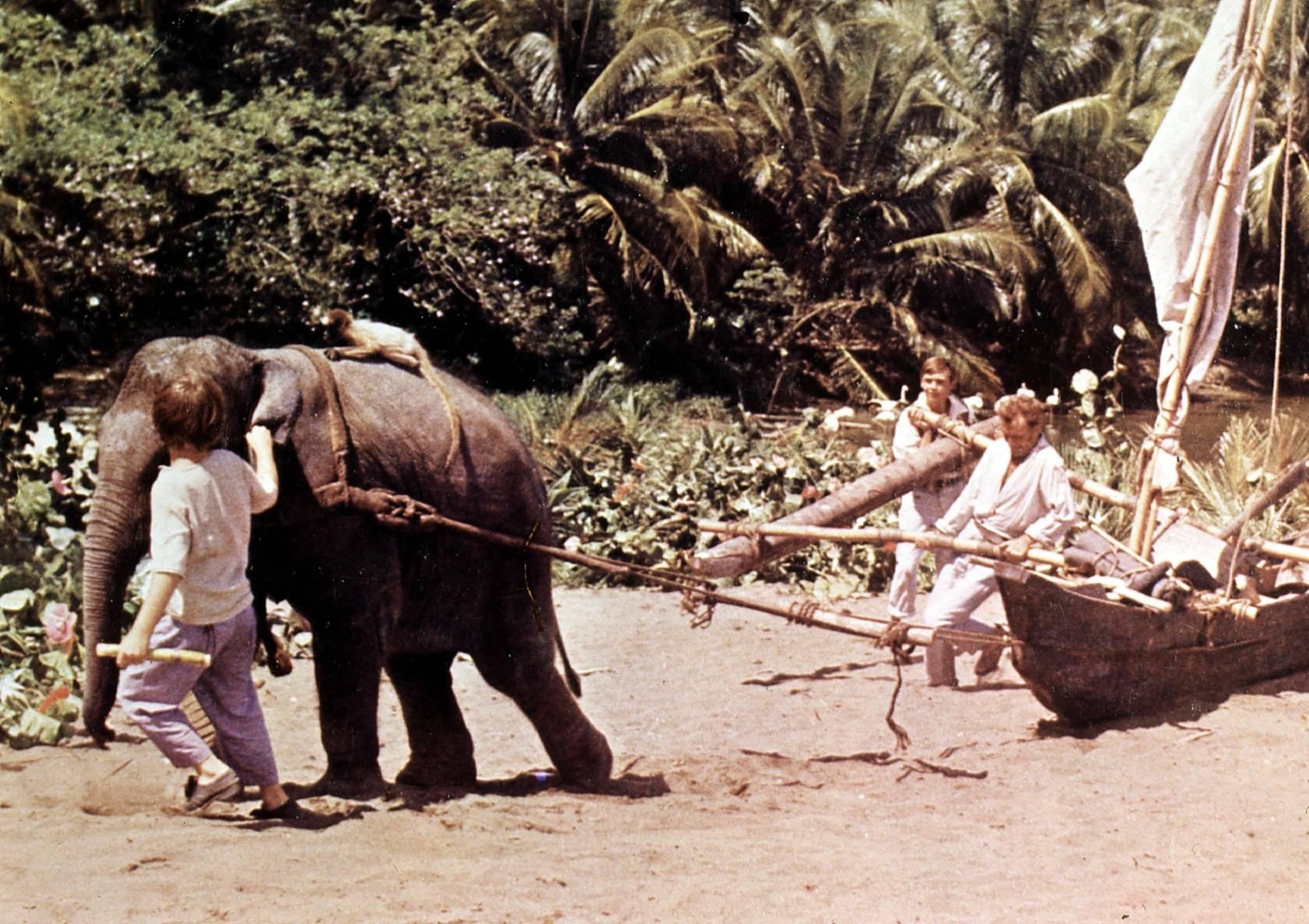
Johann David Wyss, who died exactly 200 years ago, wrote the most-translated Swiss book ever: Swiss Family Robinson. Yet, at home, both Wyss and his book remain practically invisible and firmly in the shadow of a certain Alpine orphan.
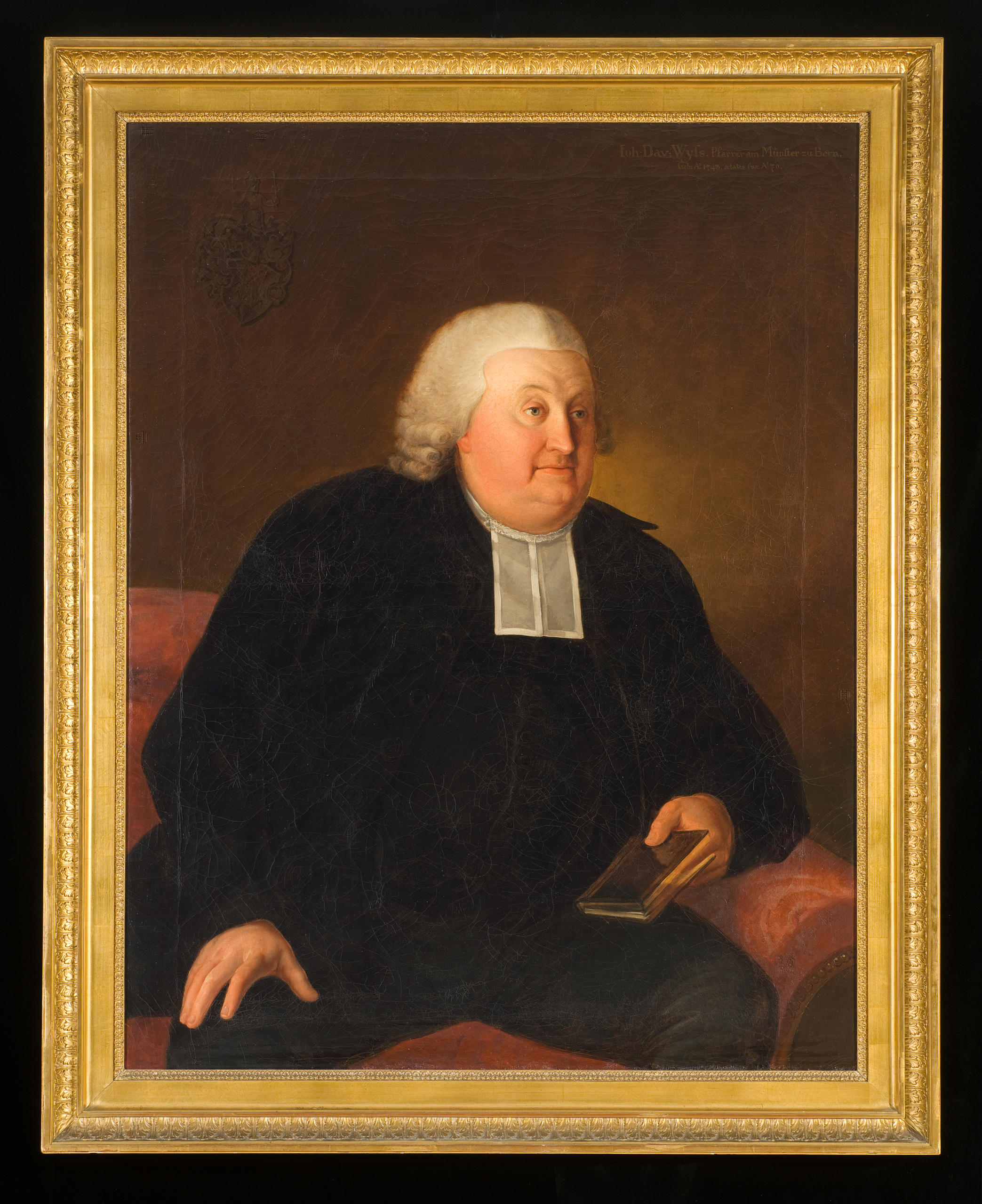
“This work is, as the title has said, for children and friends of children. It is not, however, for all children, but only for those who read with some understanding, who have a command of general terms of natural history and geography, and who have been versed in a range of knowledge from the better schools for 8- to 14-year-olds.”
The publisher who wrote the preface for the first printed edition from 1812 of Der Schweizerische Robinson certainly knew his target audience.
Despite these seemingly limiting requirements, Swiss Family Robinson – or to give it its full catchy title, “Swiss Family Robinson or the shipwrecked Swiss preacher and his family. An instructive book for children and friends of children who live in cities and in the countryside” – was an immediate hit in Switzerland and abroad.
The edges of the roughly 200-year-old, 300-page book are fraying, but the quality is generally good; the Gothic typeface takes a while to get used to, but the printing is sharp. The curiously addictive smell of old books contrasts with the clinical “special reading room” of the Bern BurgerbibliothekExternal link, which houses a wide range of historical archives.
These archives also include the four-volume, 841-page leather-bound original handwritten manuscript, with illustrations by one of Wyss’s four sons, Johann Emanuel.
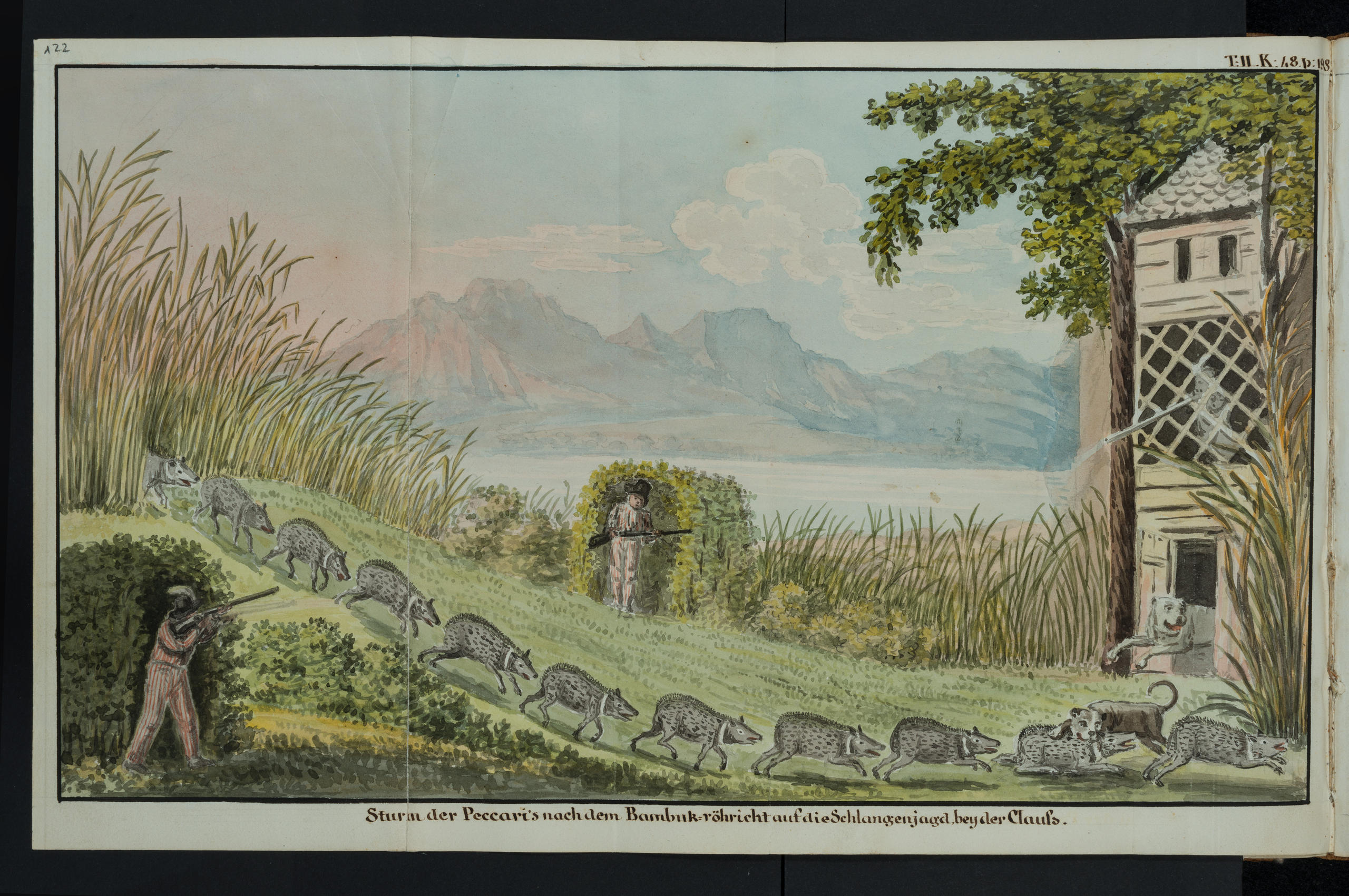
The library is just around the corner from Bern CathedralExternal link, where Johann David Wyss (pronounced “veece”) was pastor. He wanted to write something that would entertain his four sons but more importantly teach them about Christian morality, family values, a good work ethic, cooperation and self-sufficiency.
While Wyss had no intention of publishing the book, one of his sons, Johann Rudolf, a philosophy professor and poet who wrote the words to a previous version of the Swiss national anthem, reckoned there would be demand for his father’s “edutainment” and edited the script into a more reader-friendly form.
In 1812, six years before his father died, he published the first of four volumes.
Marooned six
Johann Rudolf Wyss was right. Demand was so great that French and English translations – which happily added and removed characters and passages – appeared within a couple of years and publishers struggled to keep up.
The story tells of a Swiss family – a father, mother and four sons – who want to start a new life in the Spice Islands but end up on a desert island following a storm in the Indian Ocean. They not only survive but thrive, founding an idyllic New Switzerland where some of the family decide to stay after a ship arrives.
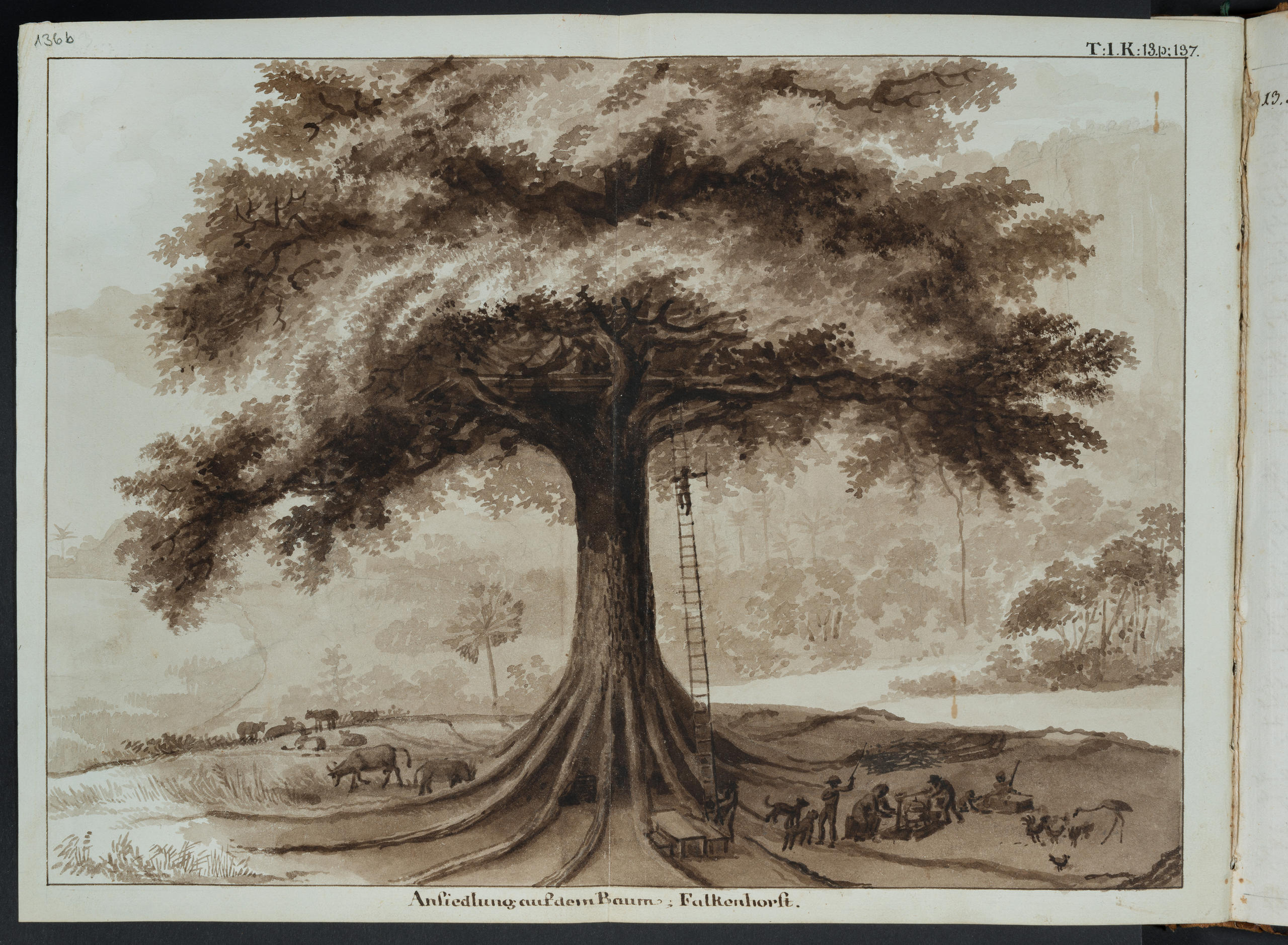
The book straddles several genres. Daniel Defoe’s Robinson Crusoe, an existential adventure story published in 1719, was the basis for Swiss Family Robinson, but the uncharacteristic lack of drama and conflict (once the family reaches the island) places Wyss’s tale closer to the self-sufficiency challenges found in frontier literature like Little House on the Prairie by Laura Ingalls Wilder, published 1932-1943.
But as Swiss Family Robinson’s extended title explained, it was meant to be instructive: according to the Berner ZeitungExternal link, 164 animal species and 102 types of plant were discovered on the island and discussed, usually in a sort of Socratic dialogue between father and son.
As the Oxford Companion to Children’s Literature points out, “with all the expansions and contractions over the past two centuries … Wyss’s original narrative has long since been obscured, and the book is chiefly characterised by its improbable profusion of animals – penguins, kangaroos, monkeys and even a whale – conveniently gathered together on a tropical island”.
Swiss heroes
“I loved the book as a child and wanted to read it to my children,” Peter StammExternal link, a Swiss author who was shortlisted for the Man Booker International Prize in 2013, tells swissinfo.ch. “But when I tried to buy the book, I realised it was out of print. And that even the used books I found were all based on a version from the 19th century in a language that was hard to understand for children today.”
In 2012, Stamm published a “retelling” of Swiss Family Robinson, keeping the main plot points, but deleting some of the more didactic passages and adding things like soap and chocolate. He wrote in a modern, simplified German.
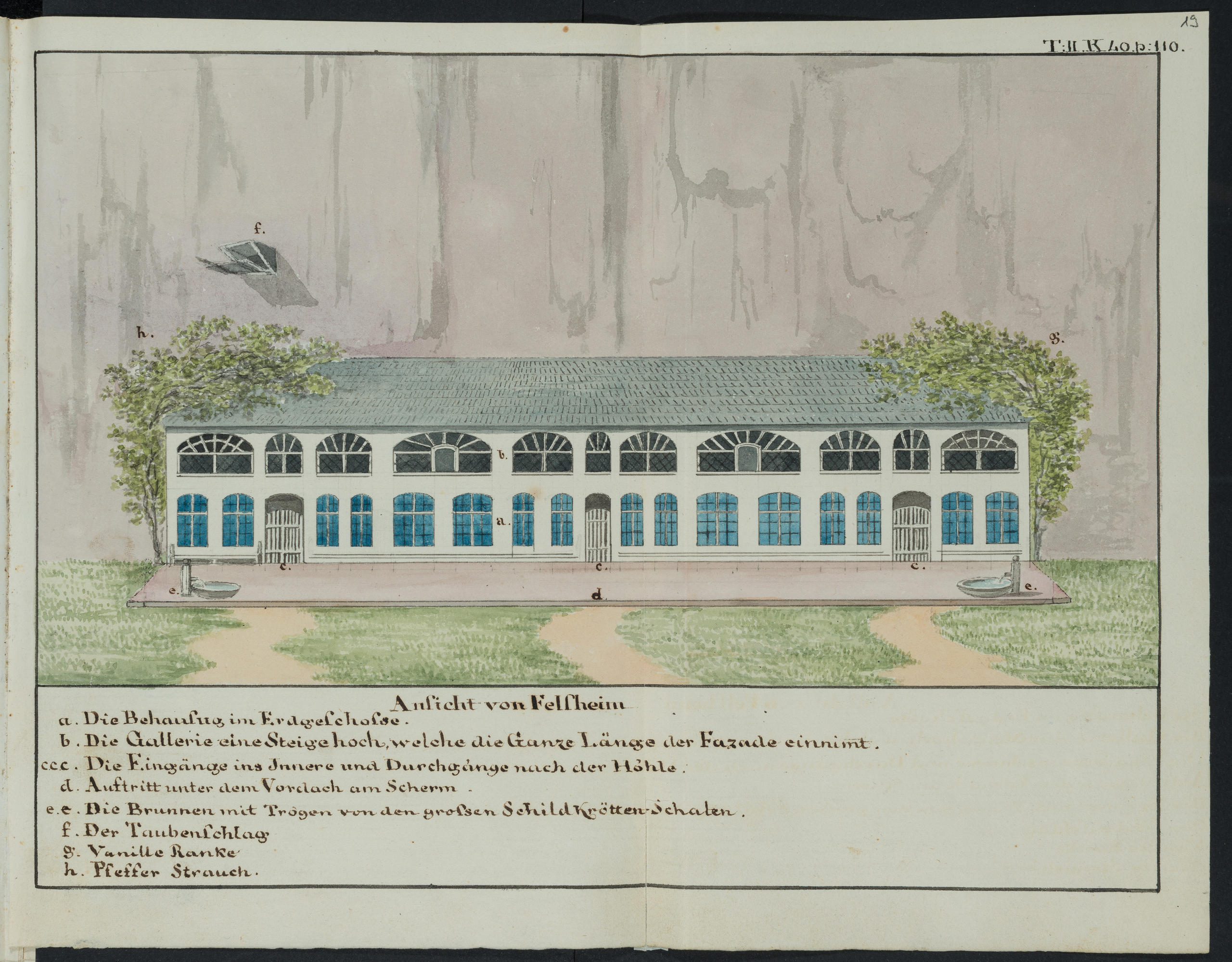
Swiss Family Robinson’s continued popularity in the United States was no doubt helped by a successful Disney film in 1960, but Stamm also believes it’s because it’s a frontier story. “It’s a very American way of life to go west into the wild and settle there. That’s part of the national myth in the US,” he says.
And this also partly explains why the book – and Johann David Wyss – have been largely forgotten in the German-speaking world. “My theory is that Swiss people never excused Wyss for the fact that his family finally does not come back to Switzerland, even though they could. When a ship arrives, they decide to stay in their better New Switzerland,” he says.
“The heroes Swiss people like are more like Heidi, who goes away, sees how terrible it is abroad and then comes back to wonderful Switzerland.”
Yet William Robinson certainly doesn’t bear a grudge towards his homeland, ending his narration (here in a translation from 1879External link) on a nostalgic note. “Tomorrow this closing chapter of my journal will pass into the hands of my eldest son. From afar I greet thee, Europe! I greet thee, dear old Switzerland! Like thee, may New Switzerland flourish and prosper – good, happy and free!”
Johann David Wyss was born and died in Bern (May 28, 1743 – January 11, 1818).
He was born into an old Bernese family and studied theology and philosophy in Bern and Lausanne.
From 1766 he was a military chaplain for a Bernese regiment abroad. In 1775, he became a pastor in Seedorf, canton Bern, and two years later at Bern’s Münster cathedral.
He wrote Swiss Family Robinson between 1794 and 1798. It was published between 1812 and 1827.
In 1803, he retired to his home in Köniz, outside Bern, where he spent his time growing fruit and tending to his bees.

In compliance with the JTI standards
More: SWI swissinfo.ch certified by the Journalism Trust Initiative

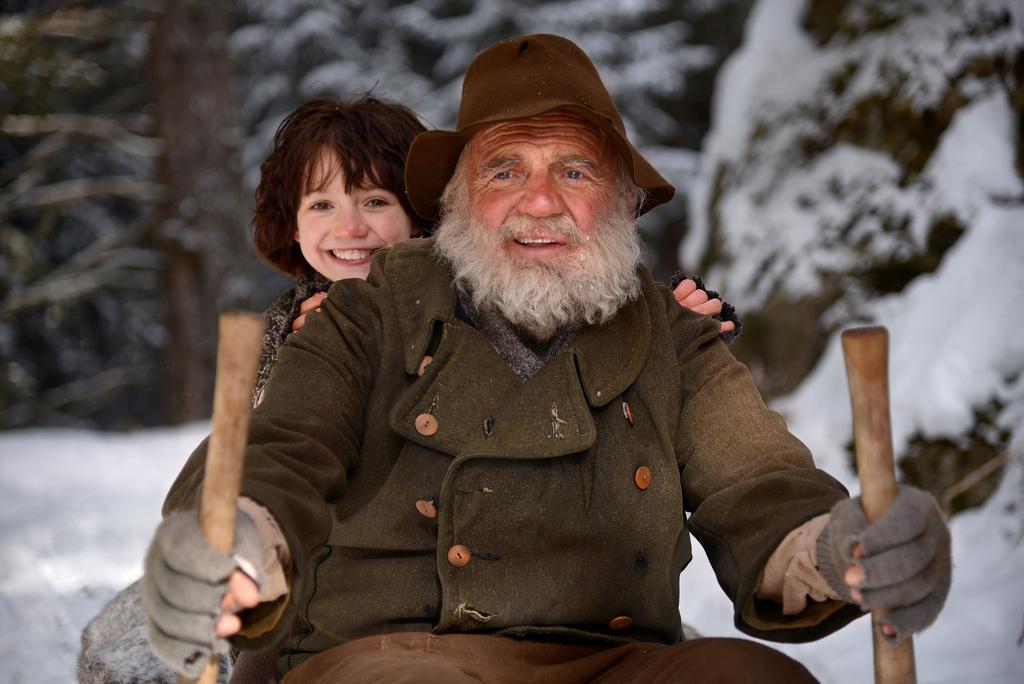

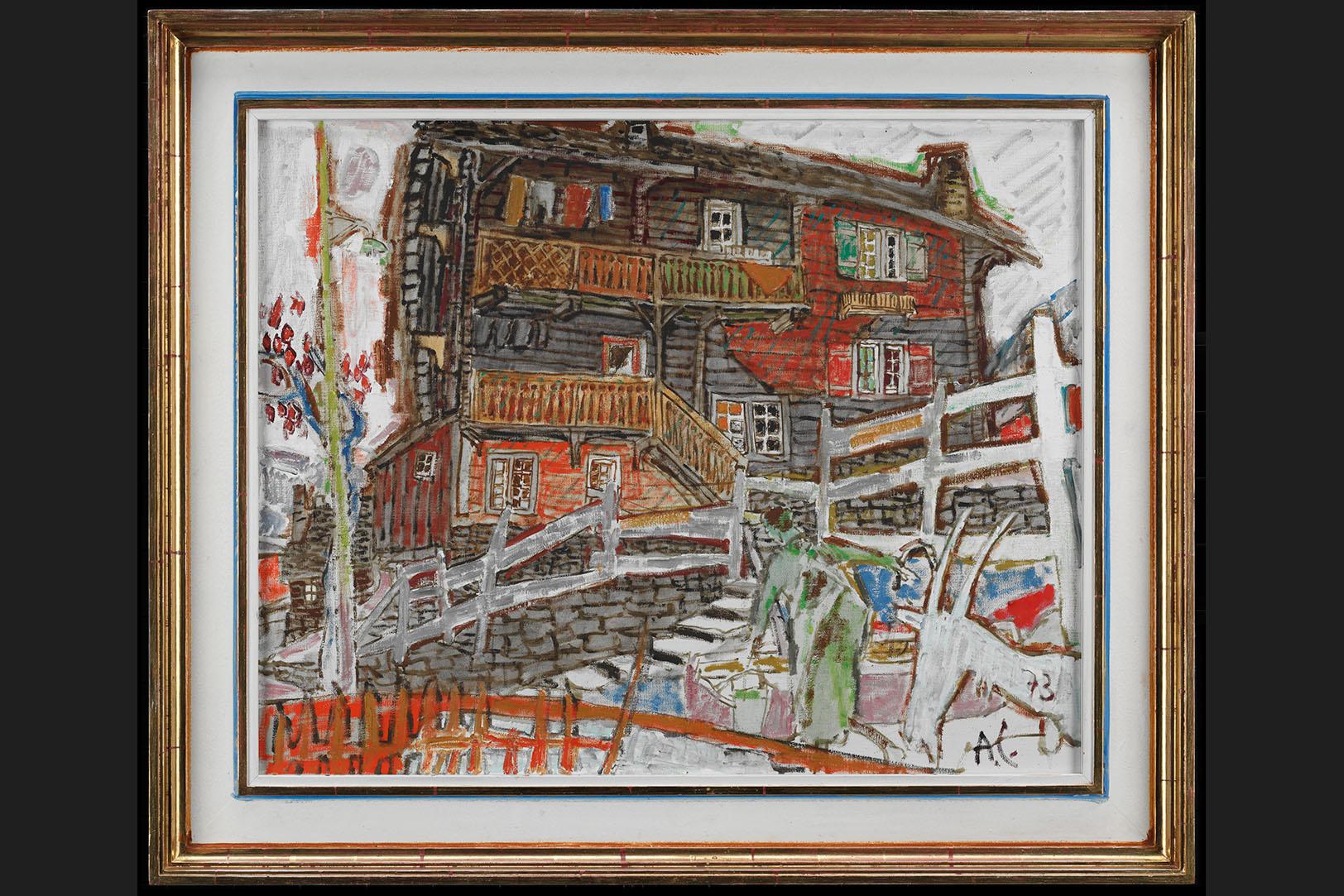
Join the conversation!